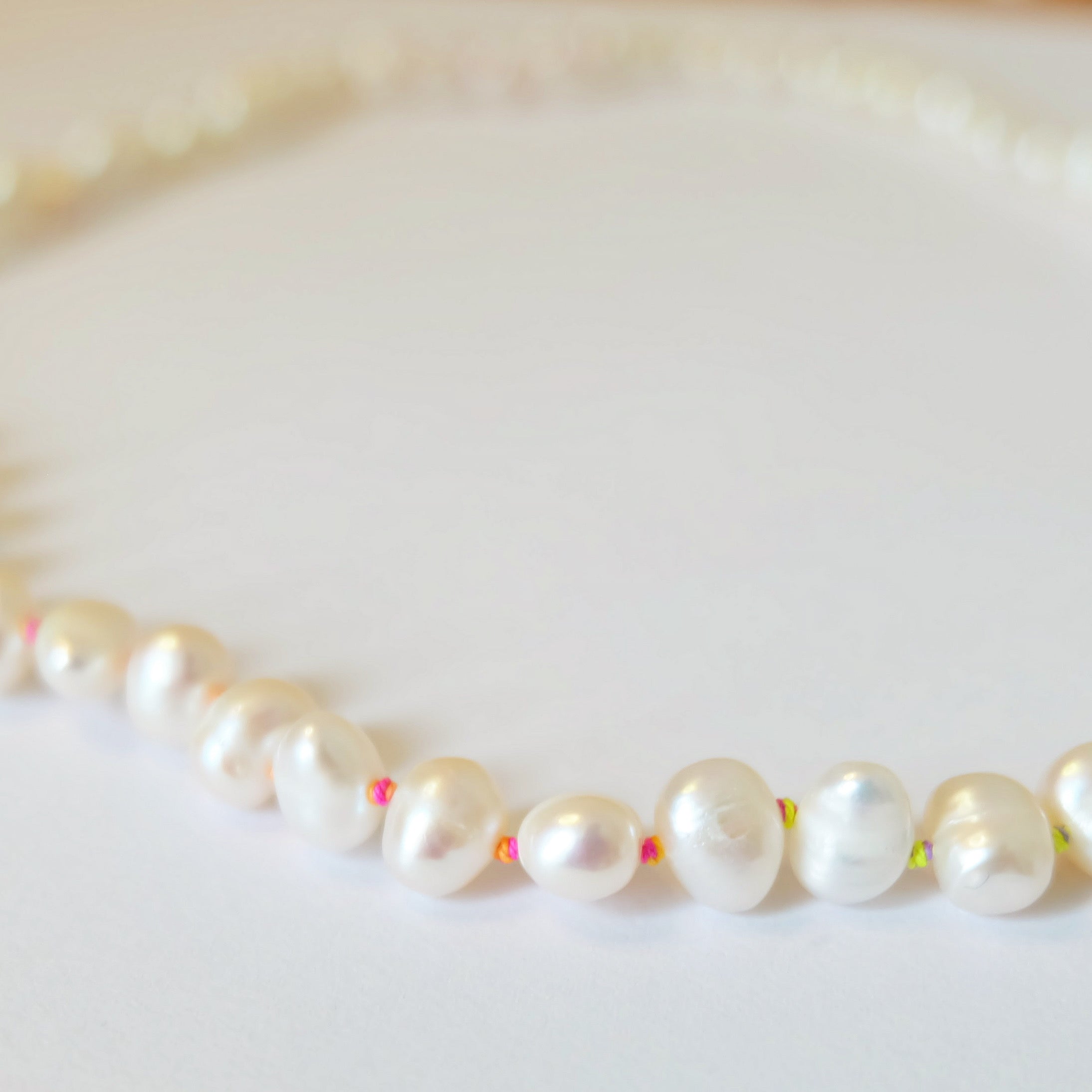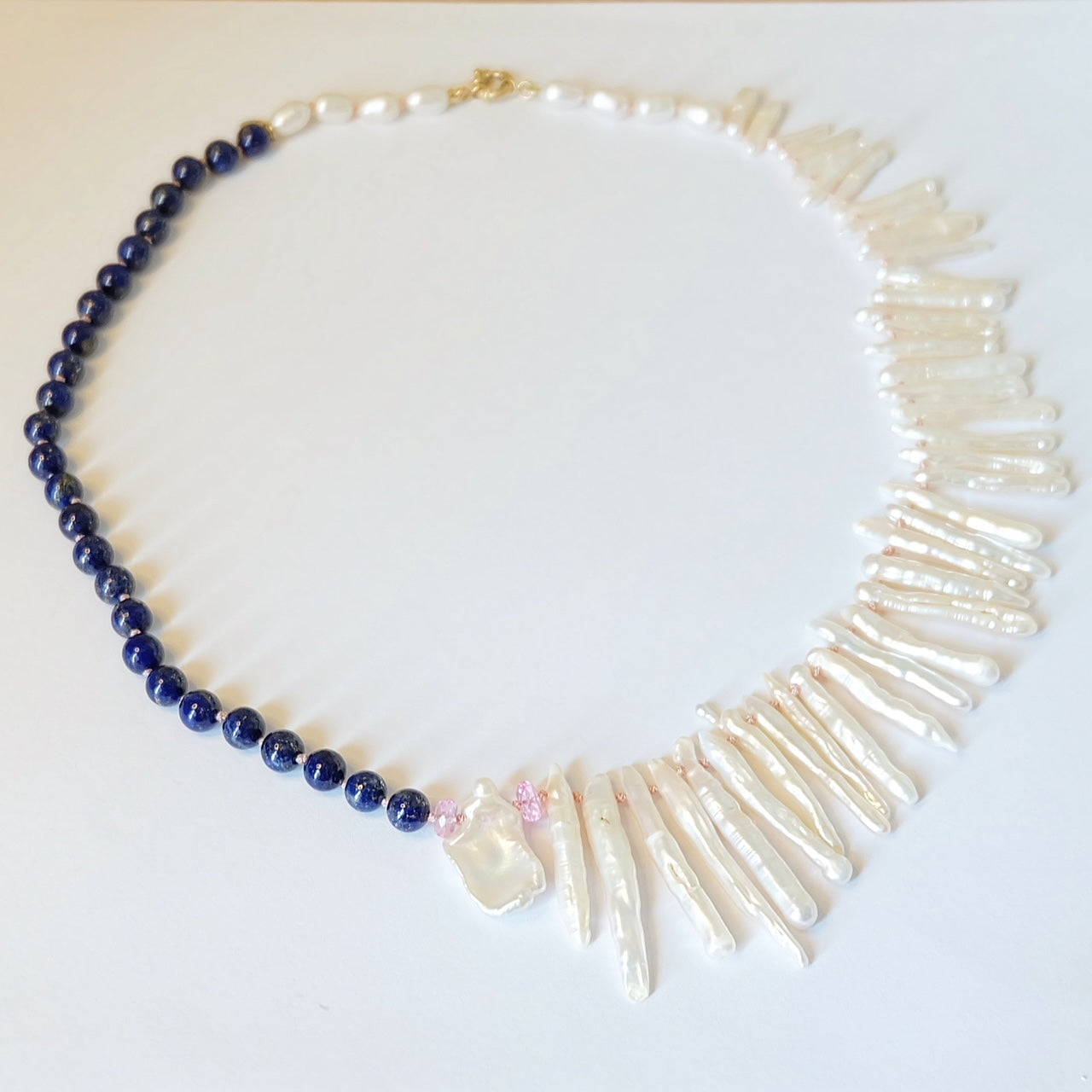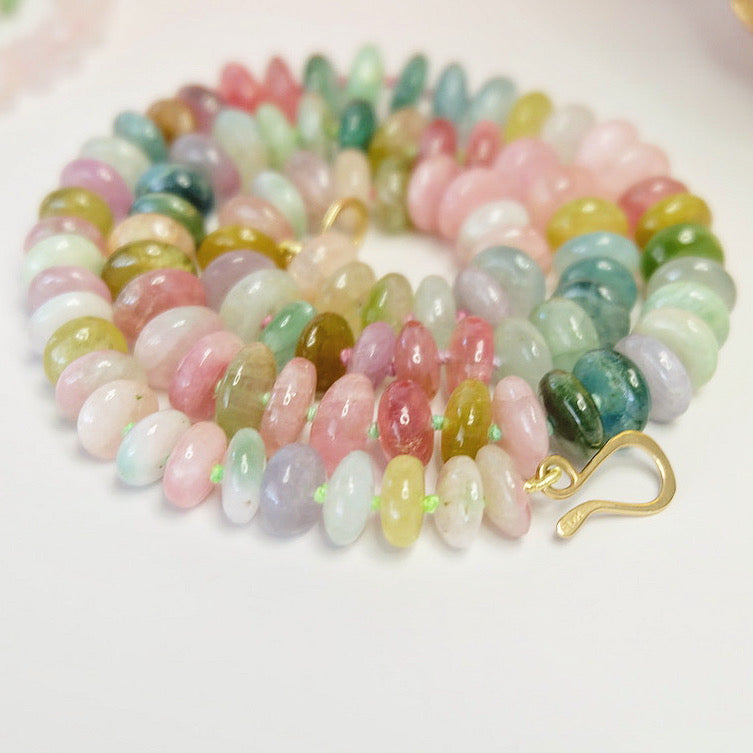
Amethyst: Power, Protection & February’s Birthstone
Share
A Stone Steeped in History
Amethyst has been cherished for centuries—not just for its beauty, but for the power people believed it held. The name comes from the Greek amethystos, meaning “not intoxicated.” Ancient Greeks and Romans wore amethyst and carved wine goblets from it, convinced the stone could prevent drunkenness and keep the mind clear.
In medieval Europe, amethyst became a symbol of royalty and religious devotion. It was worn by clergy to represent spiritual wisdom and used in royal regalia to signal wealth and purity. The belief that amethyst could enhance mental clarity and protect the wearer from harm made it a favorite among scholars, mystics, and rulers alike.
February’s Birthstone: Meaning and Significance
As the official birthstone of February, amethyst carries deep symbolic weight. It’s associated with clarity, strength, and serenity—qualities often linked to those born during this winter month. Gifting amethyst jewelry for a February birthday is more than a thoughtful gesture; it’s a way to honor the stone’s historical role as a protector and guide.
Amethyst is also connected to the zodiac signs Aquarius and Pisces. In astrology, it is believed to enhance intuition and help balance emotions—making it the perfect stone for navigating transitions, reflecting on personal growth, and manifesting clarity.
If you're shopping for a gift, browse our February Birthstone Jewelry collection for amethyst rings, pendants, and bracelets designed for everyday elegance.
What Makes Amethyst Unique?
Amethyst is a variety of quartz, known for its violet to deep purple hue. Its color comes from trace amounts of iron and natural radiation over time. It forms in geodes with a hexagonal crystal structure and has a Mohs hardness of 7, making it durable enough for daily wear.
Some amethysts display color zoning—areas of white or clear quartz interspersed with purple—that give each stone a unique visual texture. From soft lilac tones to saturated royal purple, no two pieces are exactly alike. This individuality adds to its appeal, especially in handcrafted jewelry.
Healing, Energy, and Metaphysical Properties
Amethyst is widely used in spiritual and healing practices. Often associated with the crown chakra, it’s believed to connect the physical and spiritual realms—enhancing meditation, calming anxiety, and promoting intuitive thought.
Many wear amethyst as a protective talisman, said to guard against negative energy and create a shield of spiritual light. It’s also considered a stone of inner peace, useful for those dealing with stress, emotional upheaval, or insomnia.
Amethyst’s versatility makes it one of the most accessible and beloved healing crystals—an essential in many crystal collections.
Green Amethyst (Prasiolite): A Softer Side of Strength
Green amethyst, also known as prasiolite, is a lesser-known but equally powerful form of quartz. It occurs when traditional purple amethyst is naturally or heat-transformed into a light green hue. While it shares the quartz family’s strength and clarity, prasiolite offers a more earthy energy and is linked to the heart chakra instead of the crown.
Often used in modern jewelry designs, green amethyst symbolizes renewal, balance, and emotional healing. Its serene color and spiritual symbolism make it a fresh choice for those drawn to softer, more grounded gemstones.
You can explore our handcrafted Green Amethyst Jewelry collection featuring soft mint and seafoam tones knotted on silk or set in silver and gold.
Styling Amethyst Jewelry
Amethyst jewelry pairs effortlessly with both minimalist and bold fashion choices. For daytime, a simple amethyst pendant or stud earrings adds a touch of refined color without overwhelming your outfit. For evenings, layer deeper purple pieces with gold chains or statement rings for a rich, dramatic effect.
Amethyst’s cool undertones work beautifully with neutrals, pastels, and jewel tones alike. It can be layered with silver or rose gold for a modern mix—or worn alone for a classic look that never feels dated.
Looking for inspiration? Our Amethyst Necklaces offer styling ideas for every season.
Amethyst in Jewelry and Decor
Amethyst is a versatile stone in jewelry design, used in everything from delicate studs to bold cocktail rings. Its vivid color works beautifully in both sterling silver and yellow gold, and its durability makes it ideal for daily wear.
Amethyst geodes, clusters, and tumbled stones are also popular in home decor. Whether placed in meditation spaces, on bookshelves, or incorporated into functional objects like candle holders, amethyst is thought to bring a sense of calm and elegance to any setting.
Interior stylists often recommend large amethyst crystals in bedrooms or living rooms to create peaceful, elevated spaces with grounding energy.
How to Care for Amethyst
To maintain the beauty of amethyst, avoid prolonged exposure to sunlight, which can fade its color over time. Clean it with warm water, mild soap, and a soft brush or cloth. Harsh chemicals and ultrasonic cleaners should be avoided.
Store amethyst jewelry separately from harder gemstones to prevent scratches. A padded jewelry box or cloth pouch works best. With proper care, amethyst can remain vibrant and beautiful for generations.
Frequently Asked Questions About Amethyst
Is amethyst a good stone for everyday jewelry?
Yes. With a Mohs hardness of 7, amethyst is durable enough for rings, bracelets, and necklaces. Just be mindful of scratches and sun exposure.
What does amethyst symbolize?
Amethyst is often associated with protection, clarity, and spiritual growth. It’s thought to calm the mind, balance emotions, and support higher awareness.
Is green amethyst real?
Yes. Green amethyst—also called prasiolite—is a naturally occurring or heat-treated form of amethyst. It’s a variety of quartz with a light green color and shares many metaphysical properties with traditional purple amethyst.
Can amethyst help with sleep or stress?
Many people believe amethyst helps reduce stress, supports emotional clarity, and encourages restful sleep. While not scientifically proven, it remains a popular choice in holistic healing and crystal therapy.
Why is amethyst the birthstone for February?
Amethyst has long been associated with wisdom and protection, which align with the symbolic traits of February-born individuals. Its historical use in royal and spiritual settings also ties into its elevated, timeless feel.















































